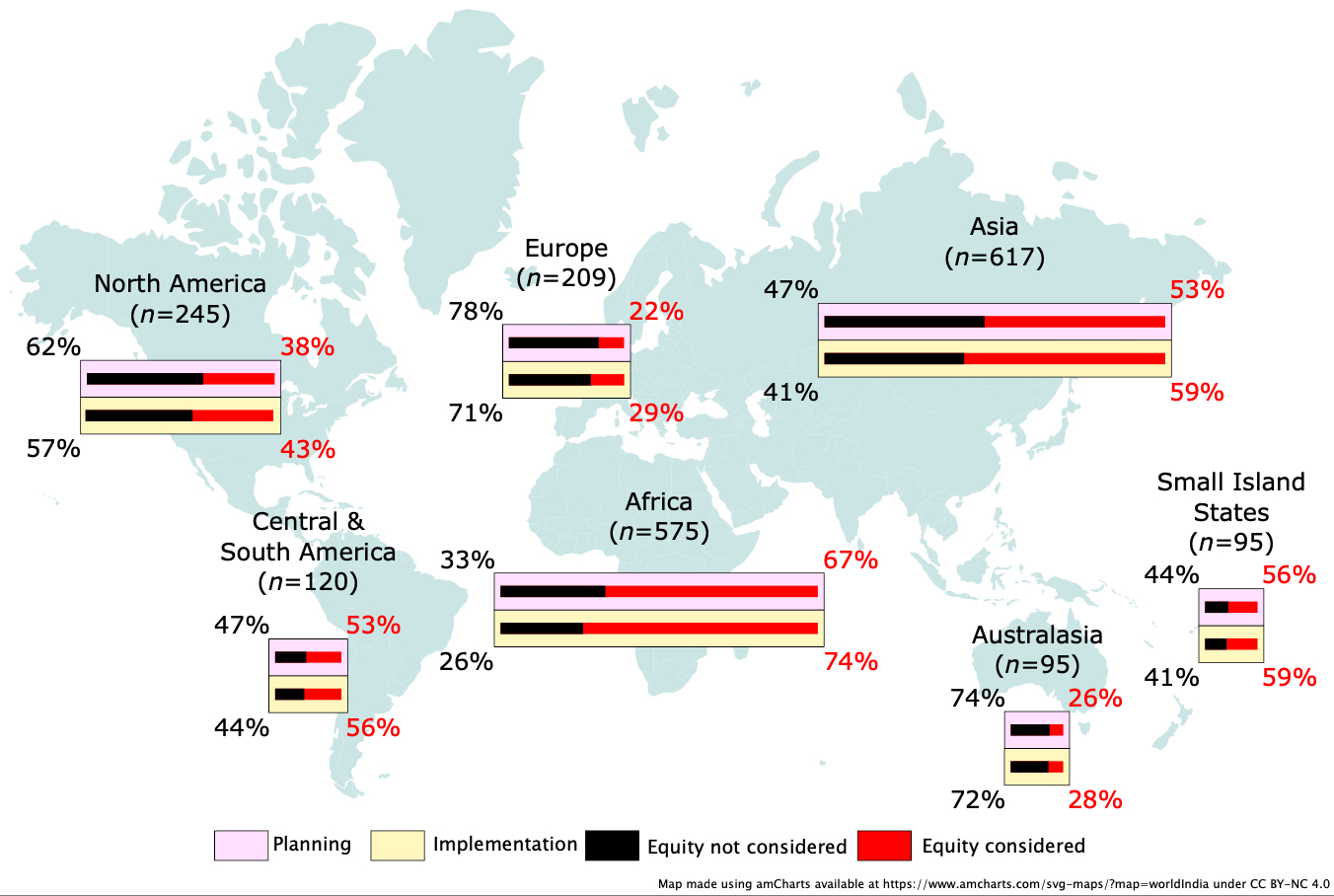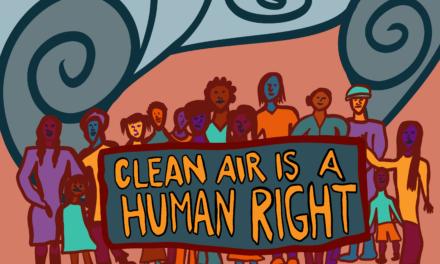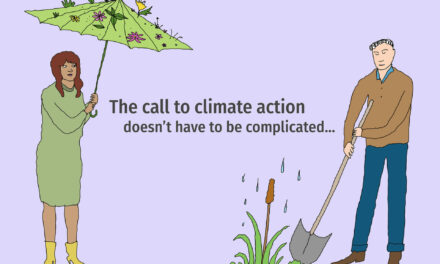Global Study Finds Adaptation Progress Local Not Societal
Behind the public fanfare and declarations of international climate negotiations, like the COP26 conference that just ended in Glasgow, are thousands of researchers on the Intergovernmental Panel on Climate Change (IPCC) who toil for years to summarize the science on every aspect imaginable of climate change so policymakers have the best available facts to work from. But when hundreds of scientists working on the IPCC tried to summarize the research on how humans are adapting to climate change, they ran into a big problem: nobody was keeping track.
“A lot of times they’re mapping adaptation intentions or policies, like what do governments want to do?” explains Kripa Jagannathan, a UC Berkeley scientist. “But what is actually happening … wasn’t actually mapped out.”
The resulting Global Adaptation Mapping Initiative, or GAMI, ultimately roped in more than 120 scientists from across the world, over three years, to screen nearly 50,000 scientific papers published about adaptation to climate change within the last decade. The unfunded, international effort, which Jagannathan describes as “an absolutely crazy project,” was led by Lea Berrang-Ford at the University of Leeds in the U.K. and culminated in a massive summary published in October 2021.
Analyzing the 1,682 research papers that described adaptations already underway showed that societies across the world are starting to change to better confront the climate crisis. But “responses to climate change were largely local and incremental, with limited evidence of rapid, extensive, or transformative change,” wrote the research team. And they found “negligible evidence of risk reduction, the underlying aim of adaptation.”
For example, research about building seawalls or people migrating away from a high-risk region is already skewed towards papers about the best way to do it in theory, or considerations of ethics and policies; the seawalls and people in these articles are imaginary. But even among research focusing on real-life people and places trying to be more resilient to climate change, very little addresses whether it’s working. Are the seawalls really protecting people better? Are people migrating from their homes any safer for doing so?
Avery Hill, a Stanford researcher who assisted with the scientific grunt work of organizing some of the papers, says that while the results were unsurprising, they can be powerful if used to shape future research and policy.
That’s already occurring to a degree. The mapping initiative inspired two dozen of the involved researchers, including Jagannathan, to launch another major analysis from the same database of scientific papers—this time, focused on equity in climate adaptation research. The team found that climate adaptation research in North America, Europe, and Australasia was unlikely to consider equity; the same went for adaptation articles about cities. The people most at risk of more extreme climate damages when equity is ignored include women, Indigenous groups, and low-income populations.
“People are responding to climate change because it’s affecting a lot of people, but it’s not enough,” says Hill. “And it’s not really happening at the right scale.”
Other Recent Posts
ReaderBoard
Once a month we share reader announcements: jobs, events, reports, and more.
Slow Progress on Shade For California’s Hottest Desert Towns
Coachella Valley communities face record temperatures with little shade. Policy changes lag as local groups push for heat equity.
In Uncertain Times, the Port of Oakland Goes Electric
A $322M grant powers Oakland’s port electrification — cleaning air, cutting emissions, and investing in community justice.
Testing Adaptation Limits: Mariposa Trails, Marin Roads & San Francisco Greenspace
In KneeDeep’s new column, The Practice, we daylight how designers, engineers and planners are helping communities adapt to a changing climate.
Boxes of Mud Could Tell a Hopeful Sediment Story
Scientists are testing whether dredged sediment placed in nearby shallows can help our wetlands keep pace with rising seas. Tiny tracers may reveal the answer.
“I Invite Everyone To Be a Scientist”
Plant tissue culture can help endangered species adapt to climate change. Amateur plant biologist Jasmine Neal’s community lab could make this tech more accessible.
How To Explain Extreme Weather Without the Fear Factor
Fear-based messaging about extreme weather can backfire. Here are some simple metaphors to explain climate change.
Live Near a Tiny Library? Join Our Citizen Marketing Campaign
KneeDeep asks readers to place paper zines in tiny street libraries to help us reach new folks.
Join KneeDeep Times for Lightning Talks with 8 Local Reporters at SF Climate Week
Lightning Talks with 8 Reporters for SF Climate Week
Staying Wise About Fire – 5 Years Post-CZU
As insurance companies pull out and wildfire seasons intensify, Santa Cruz County residents navigate the complexities of staying fire-ready.










